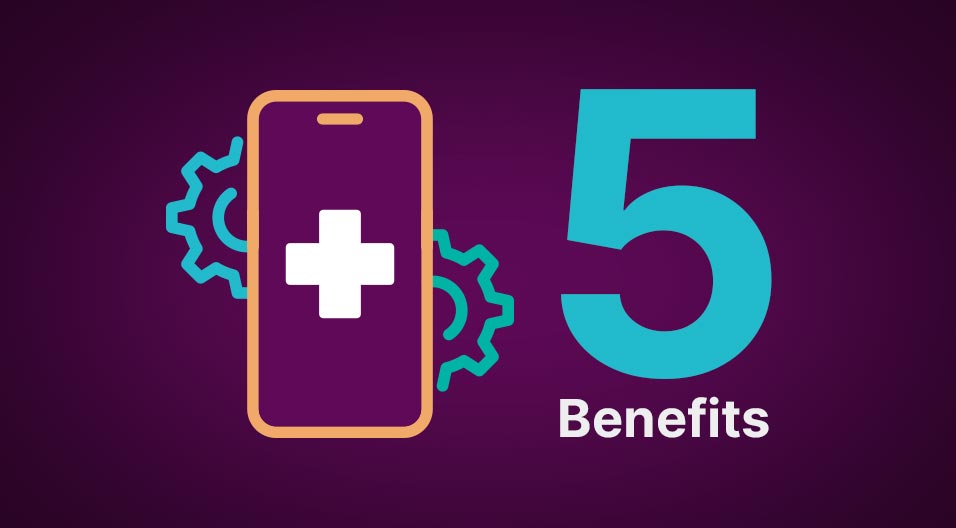For many health systems, emergency departments (EDs) function as safety nets for the communities they serve. As a key provider of healthcare services for our most vulnerable patient populations, including the low-income and the uninsured, EDs play an important role in the expansion of care access. With the healthcare industry’s paradigm shift from volume- to value-based care, EDs continue to serve as a barometer for measuring the value of new healthcare delivery models and payment reforms in decreasing cost and improving quality.
ED recidivism (also known as “bouncebacks”), is defined as patients who return to the ED for care within an acute time period after ED discharge. Since ED revisits often lead to significant financial and resource utilization burdens on the health system, they serve as a key quality measure for emergency medical care.
At the patient level, ED recidivism carries significant clinical implications and is often compounded by a variety of socioeconomic and medical challenges. Return visits to the ED may reflect a lack of comprehension of medication instructions and follow-up care, indicating the need for clinical and community support structures following ED discharge to reduce gaps during care transitions.
To improve care transitions and scale follow-up efforts, an Indiana-based academic medical center leveraged CipherOutreach, CipherHealth’s patient outreach solution, to ensure safe care transitions for every patient discharged home. By equipping care teams to proactively identify and address issues with automated post-visit outreach, this health system systematically improved patient outcomes and experiences—achieving a 14% decrease in the likelihood of ED recidivism within seven days of initial discharge.
Delivering the right care, in the right place, by the right person is the strategic northern star for many health systems as they navigate value-based environments. Better coordination across the entire continuum of care, including primary care, ED, and inpatient services, has never been more critical in reducing preventable ED revisits and inpatient readmissions.
To continue reading, click here to download the case study.








